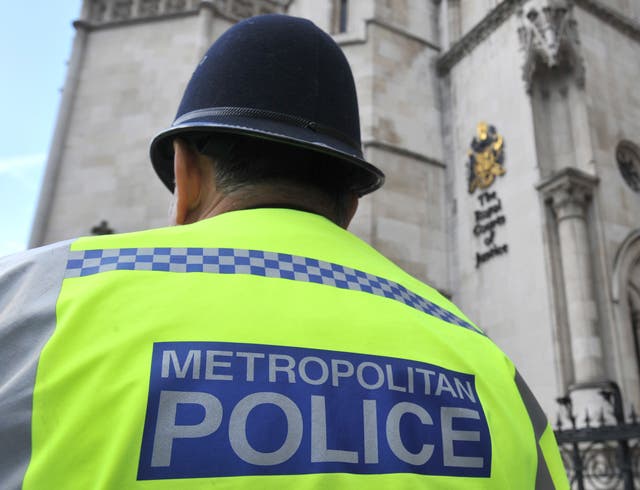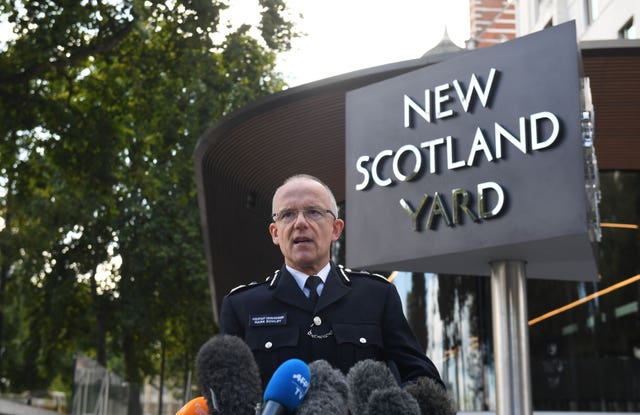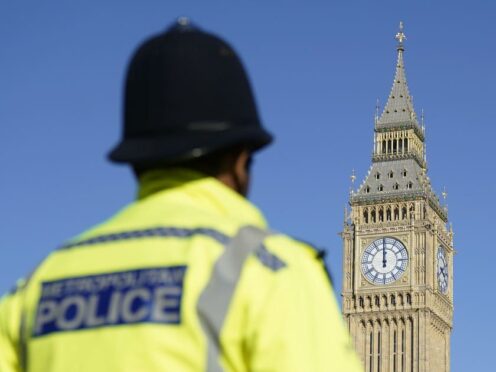The Metropolitan Police has reported an increase in responses to urgent robbery calls six months into its Right Care, Right Person scheme.
The initiative, a partnership with the NHS, introduced a threshold for police response to reduce the amount of time officers spend on policing mental health.
As of November 1 2023, police stopped attending medical calls where a healthcare professional was more appropriate.

The force also no longer attends welfare checks for people who have missed a planned health appointment or have not taken their medication.
Officers continue to attend calls where there is an immediate risk to life, such as a person who may be at risk of taking their life or threatening others harm.
Six months after the scheme’s launch, calls to the Metropolitan Police from people in health crises are now being triaged by health services to ensure Londoners in need get the relevant help from the right agency.
According to the Met, officers are attending fewer health calls – with deployment reducing from 41% to 29% compared to the same period last year.
The Met says that equates to 6,000 fewer deployments each month, and 34,000 officer hours that can be spent tackling crimes that are impacting Londoners instead.
As a result, officers are now responding to 18% more urgent robbery calls and, despite the increase in volume, are also getting to victims faster.
Commissioner Sir Mark Rowley said: “Over the last six months, this work has delivered promising results for London.
“First and foremost, in a moment of crisis, it’s absolutely right that someone is seen by a specially trained healthcare professional. Through really strong partnership with our colleagues in the NHS, London Ambulance Service and social care teams across London, anyone who calls for help is now being seen by the most appropriate service and receiving the right care.

“Secondly, this work has freed our officers up from more than 6,000 incidents every month meaning we’re getting to emergency calls more quickly and we’re responding to more incidents being reported to us. For example, over the last six months, we’ve been able to respond to 500 more robberies in progress every single month.
He added: “Officers are increasingly able to do a better job for the capital by responding to and tackling the things we know our communities care about. This is exactly the type of change we’ve promised to London, and I am delighted with the progress we’ve made.”
